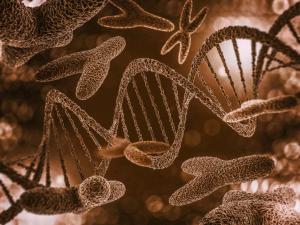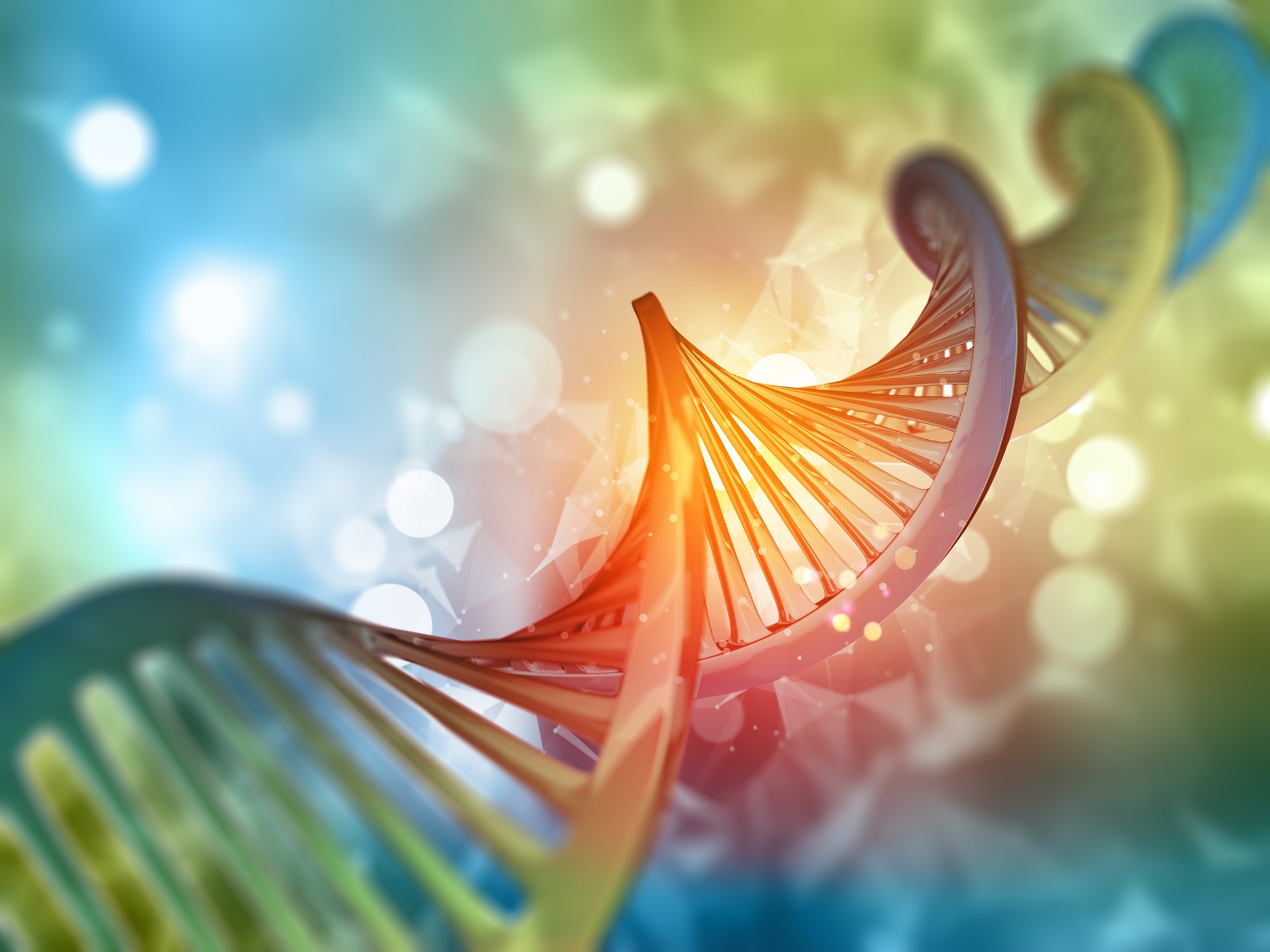Alan Leonard, Ph.D. | Julia Grimwade, Ph.D.
 The bacterium exhibits exquisitely timed DNA synthesis under a variety of different growth conditions. In cycling cells, nucleoprotein complexes (orisomes) are assembled at the chromosomal replication origin, oriC, to unwind the DNA. Orisomes contain copies of the initiator protein DnaA and utilize assembly instruction encoded into the oriC nucleotide sequence to direct the assembly of DnaA oligomers in an orderly fashion. The novel arrangement of DnaA recognition sites also produces several distinctive sub-assemblies that may be required to unwind the DNA as the first step in triggering new DNA synthesis.
The bacterium exhibits exquisitely timed DNA synthesis under a variety of different growth conditions. In cycling cells, nucleoprotein complexes (orisomes) are assembled at the chromosomal replication origin, oriC, to unwind the DNA. Orisomes contain copies of the initiator protein DnaA and utilize assembly instruction encoded into the oriC nucleotide sequence to direct the assembly of DnaA oligomers in an orderly fashion. The novel arrangement of DnaA recognition sites also produces several distinctive sub-assemblies that may be required to unwind the DNA as the first step in triggering new DNA synthesis.
Our labs are determining how orisome assembly is choreographed in and what specific role each component plays. Understanding the diversity of orisome assembly mechanisms and identifying shared attributes will be a critical step in designing new inhibitors that block bacterial growth.
Anti-microbial agents target the Orisome
 There is a critical need to develop novel anti-microbial agents to treat drug resistant bacterial infections. Our research is focused on an unexploited source of druggable targets: the essential protein-DNA complex (orisome) that triggers chromosome replication in all bacteria. We have dissected the DNA-encoded instructions that direct orisome assembly and identified many of the key steps. In our effort to find the best drug targets, we are using mutagenesis and methods to determine which assembly steps are essential. In addition, some assembly instructions remain uncharacterized and these are being investigated further in our labs.
There is a critical need to develop novel anti-microbial agents to treat drug resistant bacterial infections. Our research is focused on an unexploited source of druggable targets: the essential protein-DNA complex (orisome) that triggers chromosome replication in all bacteria. We have dissected the DNA-encoded instructions that direct orisome assembly and identified many of the key steps. In our effort to find the best drug targets, we are using mutagenesis and methods to determine which assembly steps are essential. In addition, some assembly instructions remain uncharacterized and these are being investigated further in our labs.
Comparison of bacteria chromosomal replication origins
We find that the chromosomal replication origins of pathogenic bacteria are remarkably dissimilar even though all bacteria share fundamental mechanisms to initiate new rounds of chromosome replication. The reason for this variation is unknown, but complicates our effort to identify new antibiotic targets. To expedite comparative analysis of diverse types, we have developed replication origin transplant technology using the well-studied E. coli as a recipient. The novel strains we are constructing should allow us to identify inhibitory targets that are shared among all bacteria as well as those that are specific for pathogenic types.


 Give to Florida Tech
Give to Florida Tech 